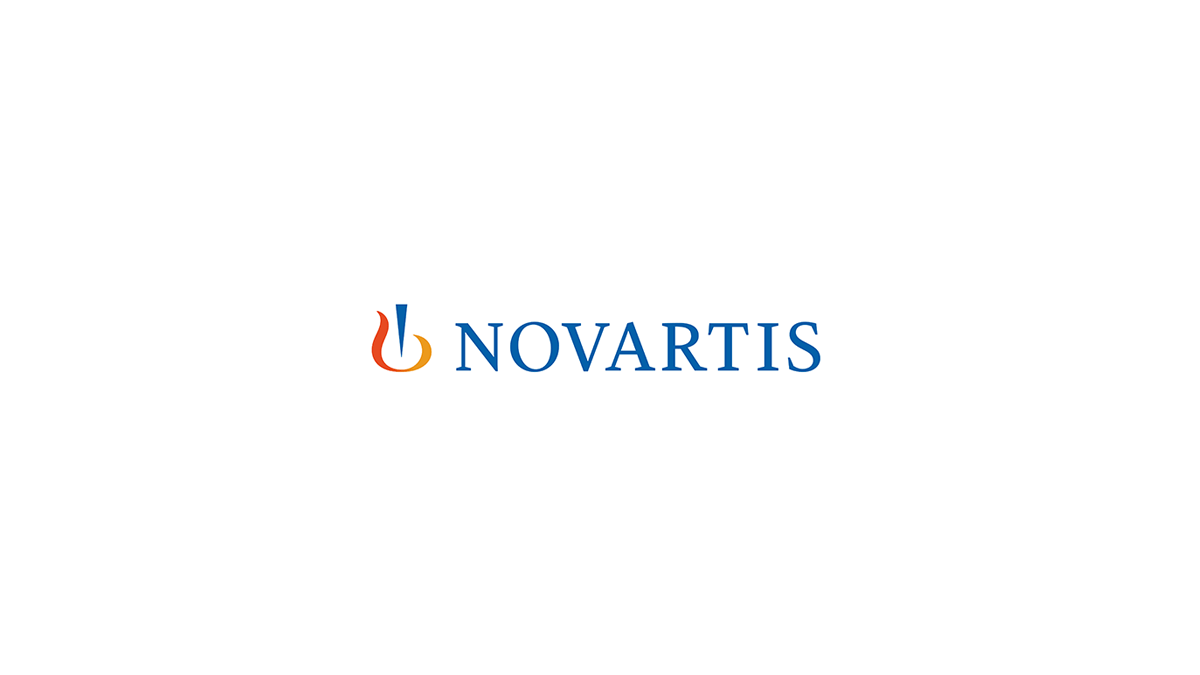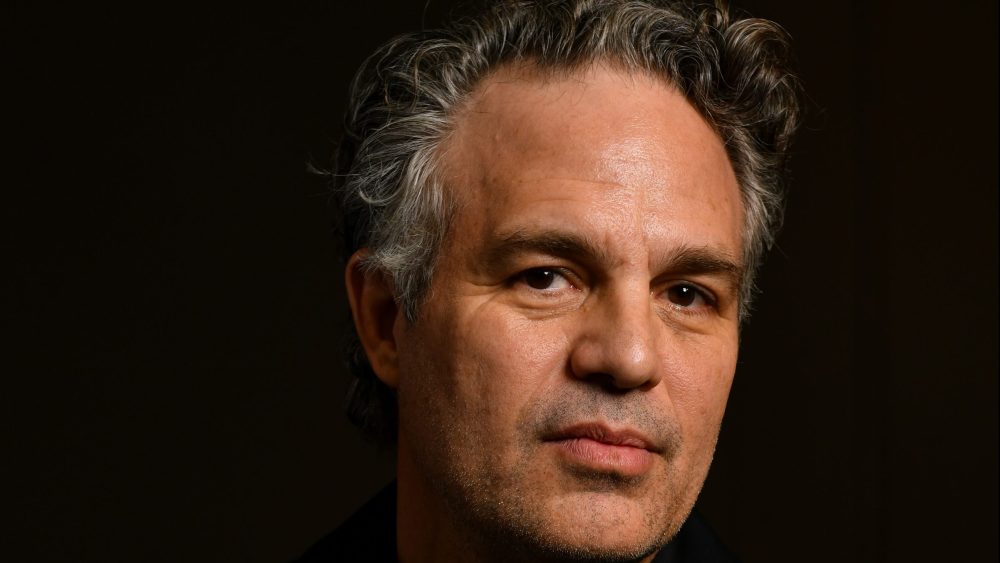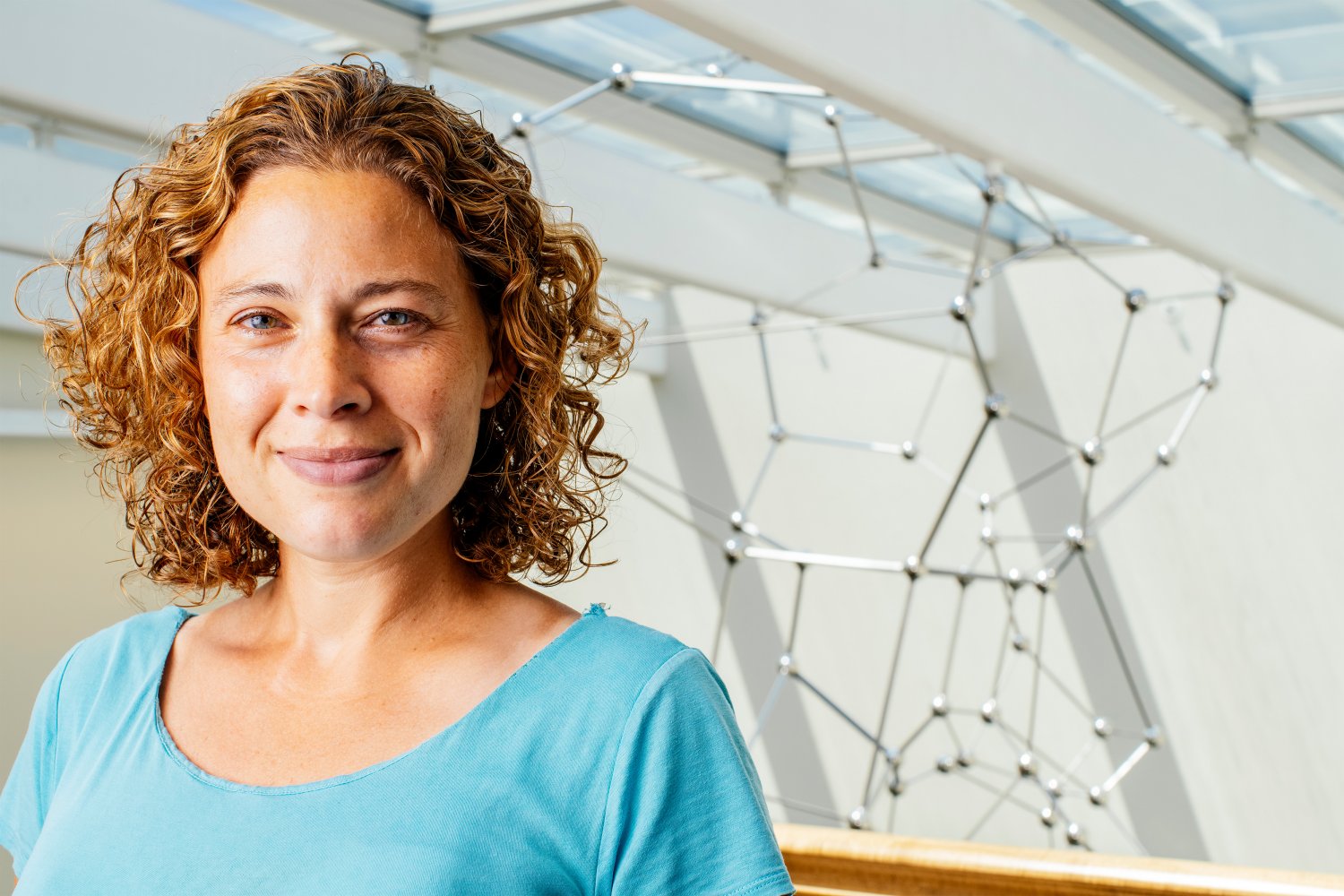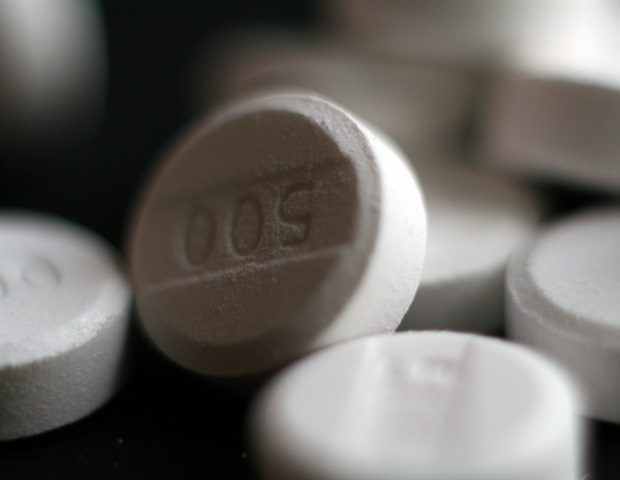Existing evidence does not clearly link paracetamol (acetaminophen) use during pregnancy with autism or ADHD in children, finds an in-depth evidence review published by The BMJ today, in direct response to recent announcements…
Author: admin
-
Two Palestinians martyred in latest Israeli forces attacks on Gaza despite ceasefire – RADIO PAKISTAN
- Two Palestinians martyred in latest Israeli forces attacks on Gaza despite ceasefire RADIO PAKISTAN
- LIVE: Child among 2 killed as Israeli air raids, drones target Gaza Al Jazeera
- Eight Palestinians killed daily in Gaza since ceasefire: rights…
Continue Reading
-
Syria to Join Coalition Against Islamic State as Nation’s Leader Visits Trump – The Wall Street Journal
- Syria to Join Coalition Against Islamic State as Nation’s Leader Visits Trump The Wall Street Journal
- LIVE: Syria’s Ahmed al-Sharaa to meet Donald Trump at the White House Al Jazeera
- Syria’s jihadist-turned-president caps extraordinary…
Continue Reading
-

Novartis opens new radioligand therapy manufacturing facility in California as part of $23B US expansion plan
- Carlsbad location is company’s third US-based radioligand therapy (RLT) manufacturing site
- New site expands manufacturing footprint to meet future demand; ensures continued on-time delivery rate of >99.9% to patients across western US, Alaska and Hawaii
- First to have delivered at scale, Novartis fortifies leadership in RLT innovation and infrastructure with California facility, additional plans for Florida and Texas
Basel, November 10, 2025 – Novartis, a leading global innovative medicines company, today announced the opening of a new 10,000-square-foot radioligand therapy (RLT) manufacturing facility in Carlsbad, California. This state-of-the-art site represents a key milestone in the company’s previously announced $23 billion investment in US infrastructure over the next five years.
The opening of the Carlsbad manufacturing facility allows Novartis to seamlessly meet future demand for RLT, adding additional capacity and augmenting the company’s world-class supply chain capabilities. The Carlsbad facility has been filed with the FDA as an additional US point of supply, and commercial manufacturing may begin once approval is granted.
RLTs are a form of precision medicine that combines a tumor-targeting molecule (ligand) with a therapeutic radioisotope, enabling the delivery of radiation to the tumor with the goal of limiting damage to the surrounding cells. Because each RLT dose is custom-made and time-sensitive, with a radioactive half-life measured in hours, proximity to treatment centers and transit hubs helps ensure patients receive their treatment when and where they need it.
“At Novartis, we tackle the toughest challenges in medicine by doing what’s never been done before for patients,” said Vas Narasimhan, CEO of Novartis. “Radioligand therapy is a breakthrough we’ve unlocked at scale, made possible by reimagining how innovation reaches patients. As the global leader in RLT for more than seven years, we’ve advanced this technology with a deep belief in its power to transform cancer care. The opening of our Carlsbad facility underscores our strong commitment to the US and dedication to bringing this pioneering treatment to patients across the country.”
Novartis is the only pharmaceutical company with a dedicated commercial RLT portfolio, and the Carlsbad facility is its third US RLT manufacturing site, reinforcing its global leadership in radioligand therapies with unmatched expertise in development, production, and delivery to patients worldwide. The Carlsbad facility is purpose-built to manufacture the company’s FDA-approved RLTs with capacity for future expansion.
“We commend Novartis for supporting our broader mission of bringing manufacturing capacity in the United States,” said FDA Commissioner Marty Makary, M.D., M.P.H.. “Our unique partnership approach is working.”
“Novartis is transforming the future of cancer care—and it’s happening right here in Carlsbad,” said Carlsbad City Council Member Melanie Burkholder. “This new advanced RLT production facility is a major milestone for our region, strengthening California’s position as a hub for life sciences innovation. It will bring exciting new opportunities for our community, including more engineering and manufacturing jobs. I’m proud our local community will be part of the future of cancer care.”
In addition to the Carlsbad opening, Novartis has announced multiple construction initiatives and future plans in the US, including:
- Two additional RLT manufacturing facilities in Florida and Texas.
- Expansion of existing sites in Durham, North Carolina, Indianapolis, Indiana, and Millburn, New Jersey.
- Establishing its second global R&D hub in the US with a new state-of-the-art biomedical research innovation facility in San Diego, California.
These investments, enabled by a pro-innovation policy and regulatory environment in the US, reflect Novartis’ broad commitment to the market and building its infrastructure. Novartis expects to invest nearly $50 billion in its US operations over the next five years, including the $23 billion announced earlier this year, underscoring its long-term commitment to strengthening the US healthcare ecosystem.
Novartis and Radioligand Therapy (RLT)
Novartis is reimagining cancer care with RLT for patients with advanced cancers. By harnessing the power of targeted radiation and applying it to advanced cancers, RLT is designed to deliver treatment directly to target cells anywhere in the body3,4.
Novartis is actively investigating the application of RLTs across cancer types and settings, with one of the deepest and most advanced pipelines in the industry, with trials in prostate cancer, breast, colon, lung, brain, pancreatic and other cancers. Novartis has established global expertise, with specialized supply chain and manufacturing capabilities across its network of RLT production sites around the world.
Disclaimer
This press release contains forward-looking statements within the meaning of the United States Private Securities Litigation Reform Act of 1995. Forward-looking statements can generally be identified by words such as “potential,” “can,” “will,” “plan,” “may,” “could,” “would,” “expect,” “anticipate,” “look forward,” “believe,” “committed,” “investigational,” “pipeline,” “launch,” or similar terms, or by express or implied discussions regarding potential marketing approvals, new indications or labeling for the investigational or approved products described in this press release, or regarding potential future revenues from such products. You should not place undue reliance on these statements. Such forward-looking statements are based on our current beliefs and expectations regarding future events, and are subject to significant known and unknown risks and uncertainties. Should one or more of these risks or uncertainties materialize, or should underlying assumptions prove incorrect, actual results may vary materially from those set forth in the forward-looking statements. There can be no guarantee that the investigational or approved products described in this press release will be submitted or approved for sale or for any additional indications or labeling in any market, or at any particular time. Nor can there be any guarantee that such products will be commercially successful in the future. In particular, our expectations regarding such products could be affected by, among other things, the uncertainties inherent in research and development, including clinical trial results and additional analysis of existing clinical data; regulatory actions or delays or government regulation generally; global trends toward health care cost containment, including government, payor and general public pricing and reimbursement pressures and requirements for increased pricing transparency; our ability to obtain or maintain proprietary intellectual property protection; the particular prescribing preferences of physicians and patients; general political, economic and business conditions, including the effects of and efforts to mitigate pandemic diseases; safety, quality, data integrity or manufacturing issues; potential or actual data security and data privacy breaches, or disruptions of our information technology systems, and other risks and factors referred to in Novartis AG’s current Form 20-F on file with the US Securities and Exchange Commission. Novartis is providing the information in this press release as of this date and does not undertake any obligation to update any forward-looking statements contained in this press release as a result of new information, future events or otherwise.
About Novartis
Novartis is an innovative medicines company. Every day, we work to reimagine medicine to improve and extend people’s lives so that patients, healthcare professionals and societies are empowered in the face of serious disease. Our medicines reach nearly 300 million people worldwide.Reimagine medicine with us: Visit us at https://www.novartis.com and connect with us on LinkedIn, Facebook, X/Twitter and Instagram.
# # #
Continue Reading
-

WTA Finals: Why did Elena Rybakina refuse photo with WTA CEO Portia Archer?
Rybakina had worked with Vukov since she was a teenager before briefly ending the partnership before last year’s US Open.
However, when she decided in January that she wanted Vukov to rejoin her team, his provisional suspension meant he was denied…
Continue Reading
-

Windows 11’s Updated QMR Tool to Streamline Troubleshooting
Key Takeaways:
- Microsoft is updating Windows 11’s Quick Machine Recovery (QMR) tool for faster, remote boot fixes.
- The new QMR will perform a single streamlined scan.
- Smart App…
Continue Reading
-

Mark Ruffalo to Lead Bertrand Bonello’s Vatican Thriller Santo Subito
Mark Ruffalo, who landed an Oscar nomination in 2023 for his role in “Poor Things,” will head back to Europe for his next daring project. He’s poised to play a morally complex investigator in “Santo Subito!,” a Vatican-set thriller…
Continue Reading
-

Hampton Water Rosé Joins Princess Cruises’ Love Line Premium Liquors Collection
FORT LAUDERDALE, Fla., Nov. 10, 2025 /PRNewswire/ — Princess Cruises has announced Hampton Water Rosé as the latest addition to the Love Line Premium Liquors Collection. Known for its vibrant flavors and refined craftsmanship, the Hampton Water portfolio will offer Princess guests a still and sparkling rosé for toasting special moments at sea.
Hampton Water Rosé Joins Princess Cruises’ Love Line Premium Liquors Collection
Crafted in partnership with Jesse Bongiovi and his dad, Jon Bon Jovi, along with world-renowned winemaker, Gérard Bertrand, Hampton Water Rosé has received critical acclaim for its quality and lively fresh wine. The wines are available fleetwide and included in Princess Premier and Princess Plus beverage packages.
“Our Love Line Collection celebrates the spirit of connection through premium, celebrity-crafted libations that elevate the onboard experience,” said Sami Kohen, Princess Cruises Vice President of Food and Beverage. “Hampton Water Rosé is more than a wine – it’s a reflection of the lifestyle our guests embrace: vibrant, celebratory, and inspired by the stars they love.”
Princess Cruises Love Line Premium Liquors Collection features a selection of thoughtfully curated wines and spirits, offering both alcohol and non-alcoholic options with a diverse lineup of celebrity-crafted beverages:
- Pantalones Organic Tequila by Camila and Matthew McConaughey
- Meili Vodka by Jason Momoa and Blaine Halvorson
- Sláinte Irish Whiskey by Liev Schreiber
- Archer Roose co-owned by Elizabeth Banks
- Seven Daughters Moscato by Taraji P. Henson
- Melorosa Sauvignon Blanc and Red Blend co-founded by Jason Aldean, Kasi Wicks and Chuck Wicks
- Love Prosecco by Romero Britto
- Zero Alcohol Sparkling Rosé by Kylie Minogue
- Betty Booze by Blake Lively
“Hampton Water is about bringing people together over great conversation and even better wine,” said Jesse Bongiovi. “To have it featured aboard Princess Cruises – a place where countless memories and connections are made – is an incredible opportunity to share our rosé with people who truly value celebration and togetherness.”
The addition of Hampton Water Rosé builds on Princess Cruises’ reputation for delivering exceptional culinary and beverage experiences, ensuring guests have access to innovative and exclusive offerings during their voyage.
For further details about the Love Line Premium Liquors Collection, visit www.princess.com.
Additional information about Princess Cruises is available through a professional travel advisor, by calling 1-800-Princess (1-800-774-6237) or by visiting www.princess.com.
*Princess’ Love Line non-alcohol beverages may contain up to 0.5% alcohol by volume (ABV). These beverages are classified as non-alcoholic under U.S. regulations but may contain trace amounts of alcohol.
About Hampton Water
Jesse and his dad, Jon Bon Jovi, shared a vision to disrupt the wine category with a brand that is unlike all others. The father-son duo created the Hampton Water Wine brand concept, bringing on famed French winemaker, Gérard Bertrand. Launching in 2018 with Hampton Water Rosé, the brand quickly rose above the ranks to be more than just another celebrity brand. It is a family business that has earned four years of 90-point ratings from Wine Spectator, 91 points from Wine Enthusiast and Decanter, and was recognized as an Impact Hot Prospect brand two years in a row. With an incredibly engaged social media presence of over 625,000 followers, Hampton Water is making waves by taking a modern digital approach in an often-traditional category. Seeing such success with the still rosé, Hampton Water is proud to have expanded their brand portfolio with a sparkling rosé in 2024: Hampton Water Bubbly. The brand is creating loyal brand advocates, surpassing their category, and delivering double-digit volume growth year over year.More information on the company can be found at www.hamptonwaterwine.com, www.facebook.com/hamptonwater, TikTok: @HamptonWater, Instagram: @HamptonWater, and X: @HamptonWater. Sip responsibly.
About Princess Cruises
Princess Cruises is The Love Boat, the world’s most iconic cruise brand that delivers dream vacations to millions of guests every year in the most sought-after destinations on the largest ships that offer elite service personalization and simplicity customary of small, yacht-class ships. Well-appointed staterooms, world class dining, grand performances, award-winning casinos and entertainment, luxurious spas, imaginative experiences and boundless activities blend with exclusive Princess MedallionClass service to create meaningful connections and unforgettable moments in the most incredible settings in the world – the Caribbean, Alaska, Panama Canal, Mexican Riviera, Europe, South America, Australia/New Zealand, the South Pacific, Hawaii, Asia, Canada/New England, Antarctica, and World Cruises. Sun Princess, the brand’s new, next-level Love Boat named Condé Nast Traveler’s Mega Ship of the Year, introduces the groundbreaking Sphere Class platform and will be joined by sister ship, Star Princess, in Fall 2025. The company is part of Carnival Corporation & plc (NYSE/LSE:CCL; NYSE:CUK).SOURCE Princess Cruises
Continue Reading
-

Risk Factors for Poor Presenting Visual Acuity in Infectious Keratitis
Introduction
Infectious keratitis, or infectious corneal ulceration, is the leading etiology of corneal blindness and the fifth leading cause of blindness worldwide, causing two million cases of monocular blindness per year.1,2 It can result from…
Continue Reading
-

Leading quantum at an inflection point | MIT News
Danna Freedman is seeking the early adopters.
She is the faculty director of the nascent MIT Quantum Initiative, or QMIT. In this new role, Freedman is giving shape to an ambitious, Institute-wide effort to apply quantum…
Continue Reading
